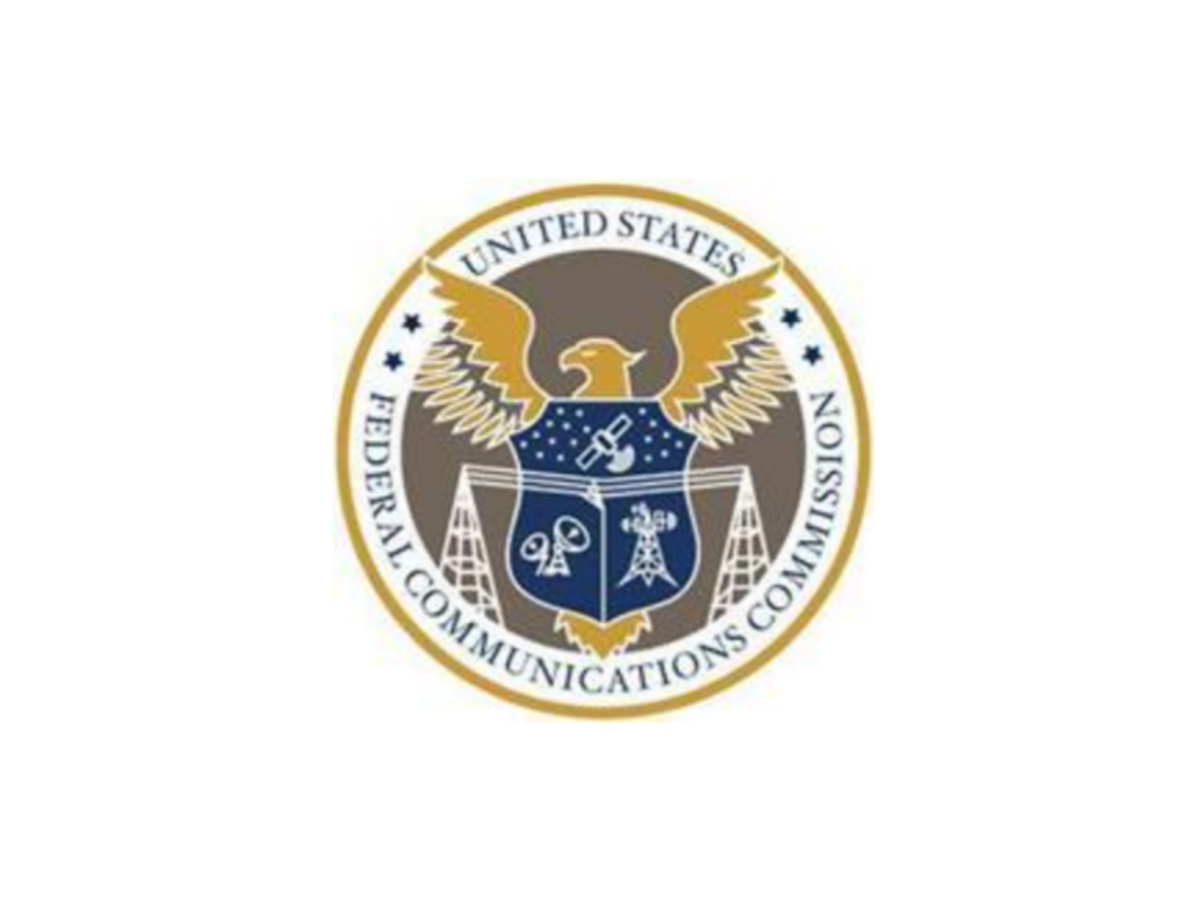FCC Provides Push to Internet Broadcasting

The FCC has voted unanimously to help promote broadcasting as a new ancillary/competitive broadband service by making it clear that legacy broadcast TV attribution and ownership regulations do not apply to broadcast-delivered internet services like over-the-top video and data made possible by the ATSC 3.0 broadcast transmission standard.
That came in a unanimous vote via teleconference at the FCC's June 9 public meeting. The item includes a declaratory ruling on broadcast internet and a Notice of Proposed Rulemaking teeing up some questions.
Related: APTS Urges FCC to Approve Broadcast Internet Item
Per the declaratory ruling, TV stations can enter into lease agreements with any other station, or stations, in a single market to offer internet services without triggering the FCC's broadcast ownership and attribution rules. It does not eliminate the requirement that broadcasters have to deliver a TV signal on their primary channels.
Related: FCC Says TV Stations Can Team up For Broadcast Internet
The NPRM seeks comment on whether other rules need to be changed or modified to deploy broadcast internet services, including asking "whether changes to our licensing structure would provide even better certainty of investment in Broadcast Internet offerings." It also asks for input on new technologies that can use the ancillary services.
Commissioner Michael O'Rielly said that the item seemed to describe and restate existing policy and is probably not needed as a matter of law. So, essentially, no necessity but no harm, though he did wonder whether such an exercise was the best use of commission resources given other, more pressing, media modernization.
Multichannel Newsletter
The smarter way to stay on top of the multichannel video marketplace. Sign up below.
He did thank the chairman for including the clarification that in the move to ATSC 3.0, the temporary hosting of one TV signal on another station also does not implicate ownership rules.
He also took issue with "artificially" rebranding the effort with broadcasters' "broadcast internet" label, saying datacasting still better reflected the tech.
Commissioner Brendan Carr, who spearheaded the item, was all in for the "broadcast internet" rebrand, saying it could indeed be as new competitive broadband pipe, saying the term captures new applications that are part of a broader new competitive landscape.
He says ATSC 3.0 will allow broadcasters an even greater role in that competitive market and talked up the one-to-many architecture in his statement.
Carr said broadcast low-band spectrum could help move both fixed and mobile broadband service to the edge and called the item an "important step."
Commissioner Jessica Rosenworcel said traditional TV is on the move, with ultra high def, interactivity and "real innovation" for broadcasting. Her statement was cut short when she dropped off the call. "You knew that was going to happen to one of us," she said when she dropped back on.
She said it was important to clarify that broadcast ownership rules don't apply, but also it was important to remember that ATSC 3.0 lacks a return path for data, which is a big obstacle for telehealth and remote work.
Contributing editor John Eggerton has been an editor and/or writer on media regulation, legislation and policy for over four decades, including covering the FCC, FTC, Congress, the major media trade associations, and the federal courts. In addition to Multichannel News and Broadcasting + Cable, his work has appeared in Radio World, TV Technology, TV Fax, This Week in Consumer Electronics, Variety and the Encyclopedia Britannica.

